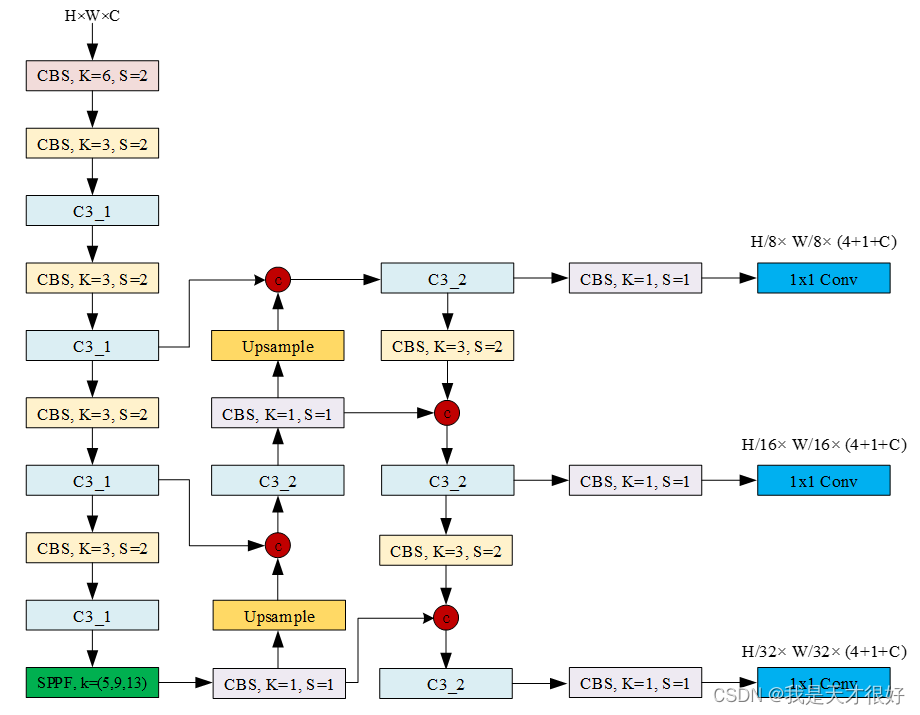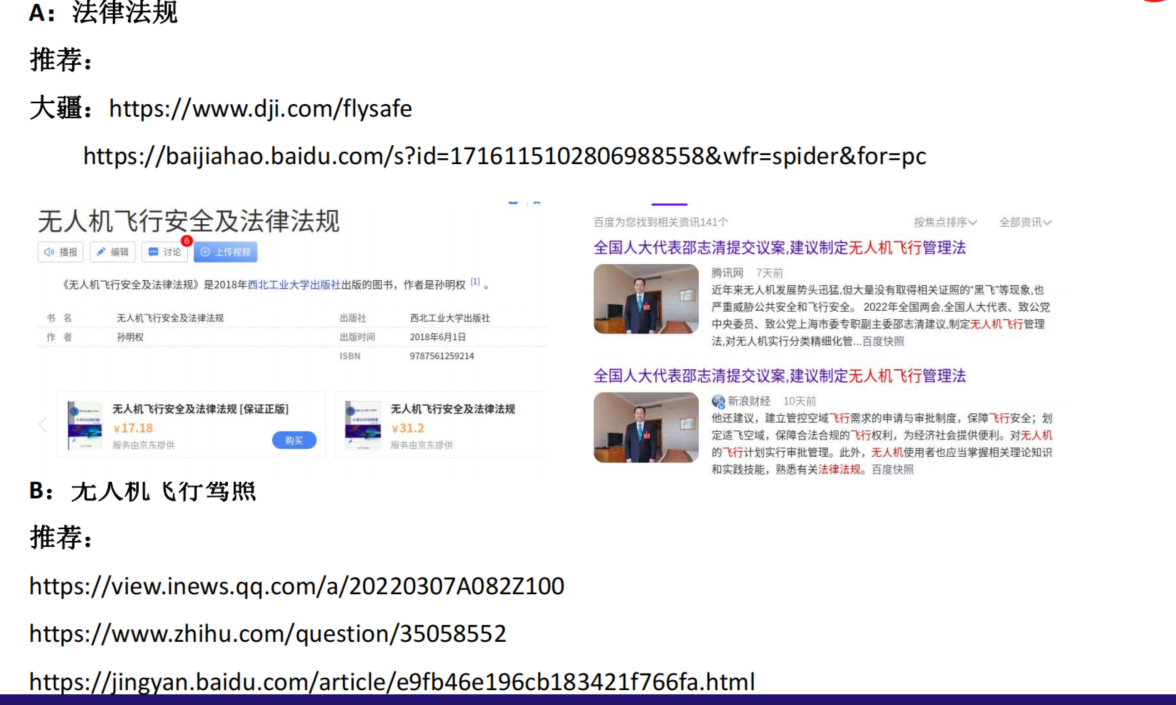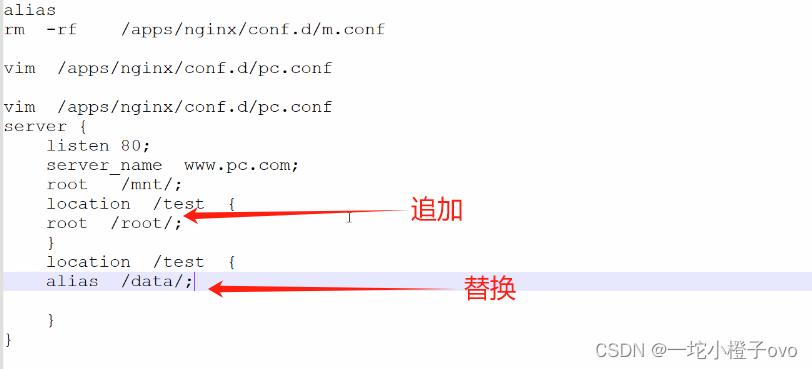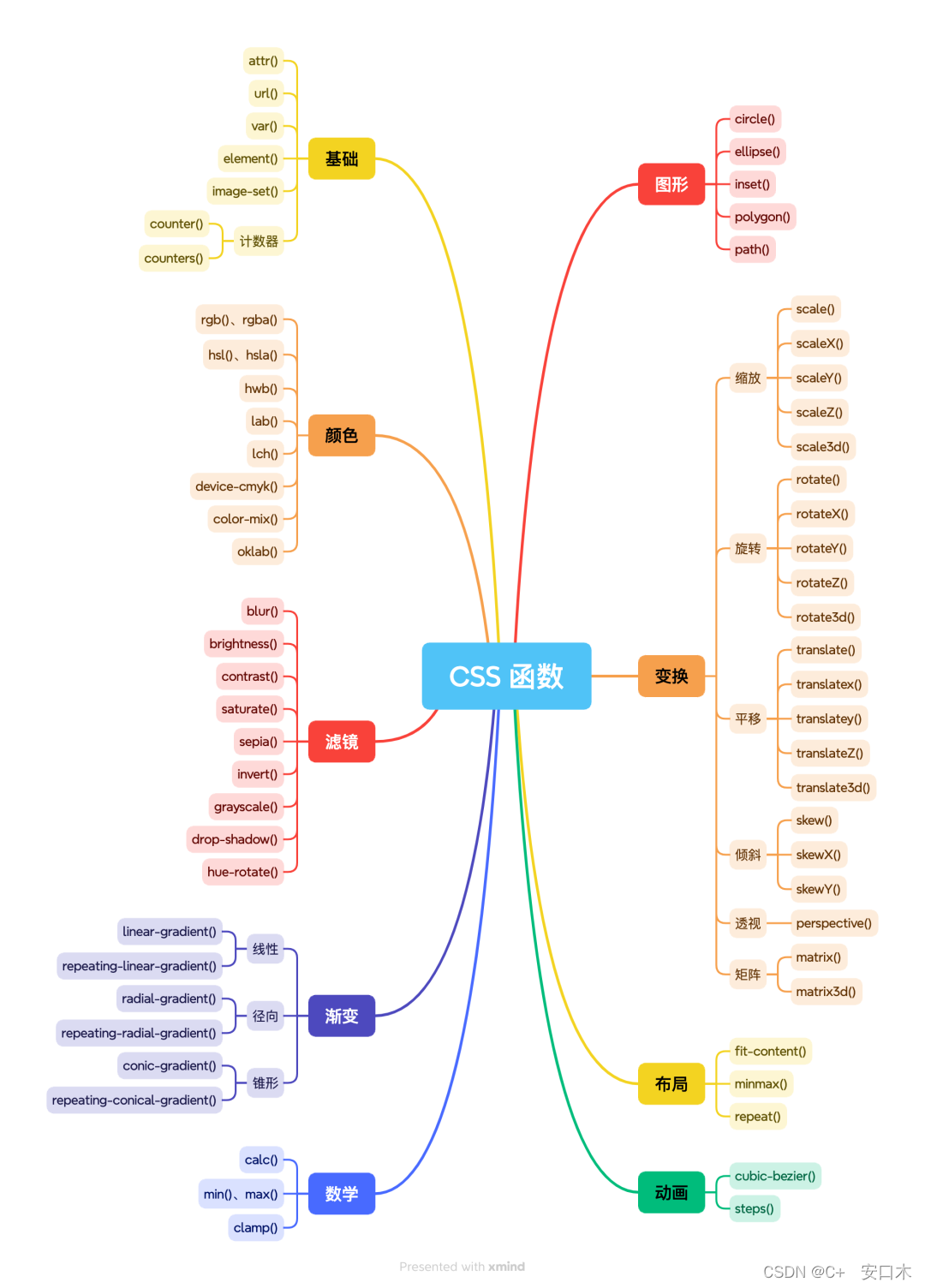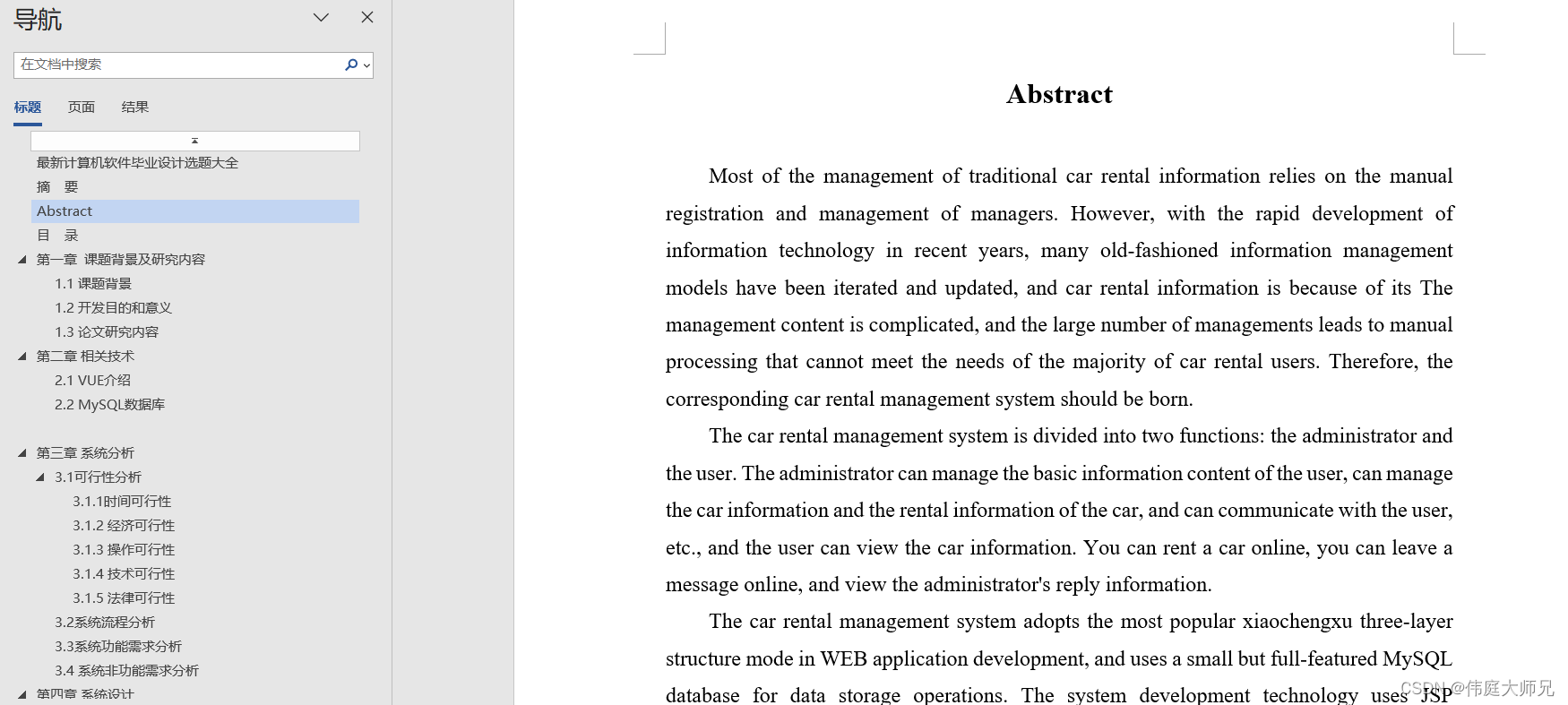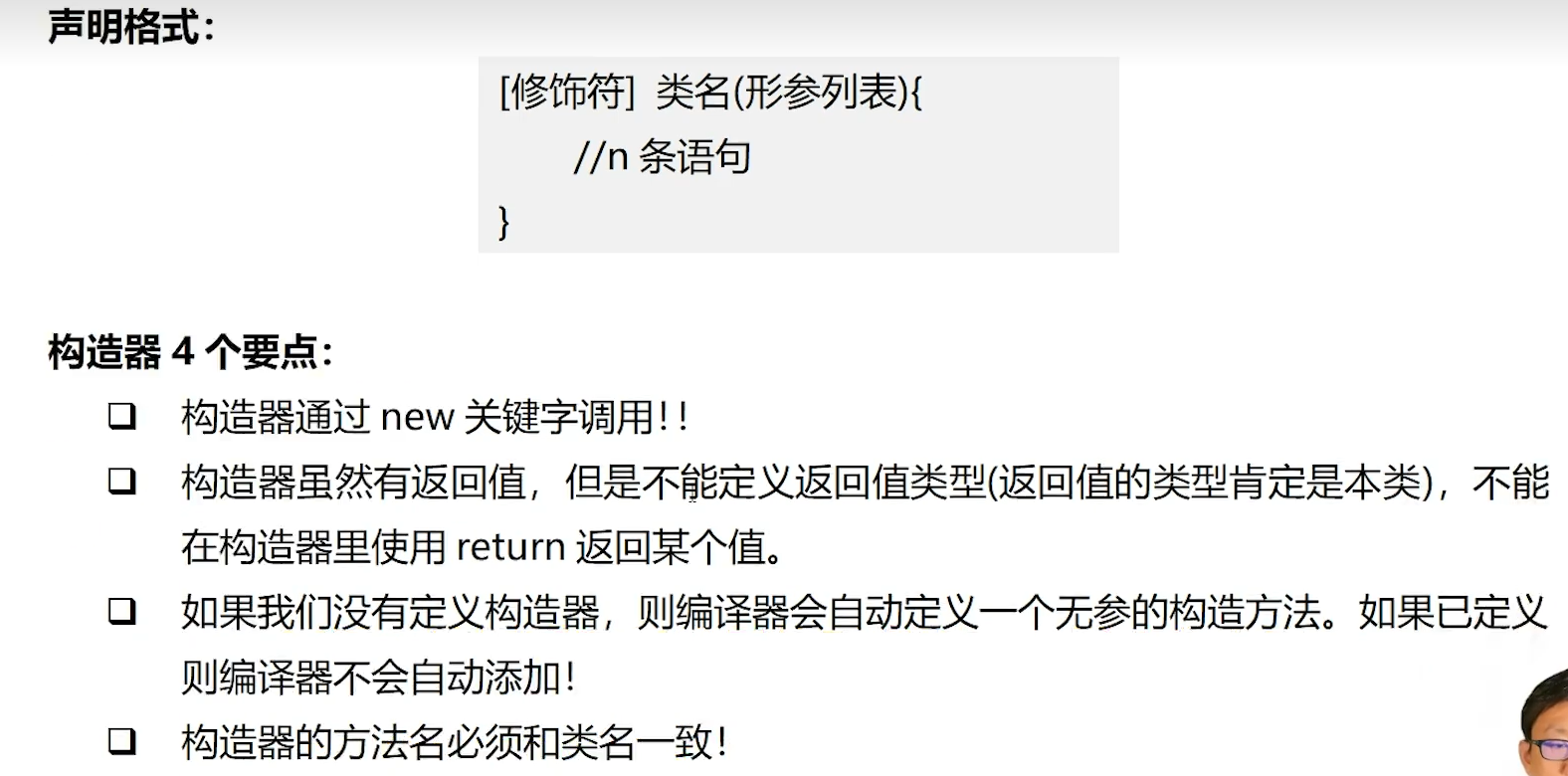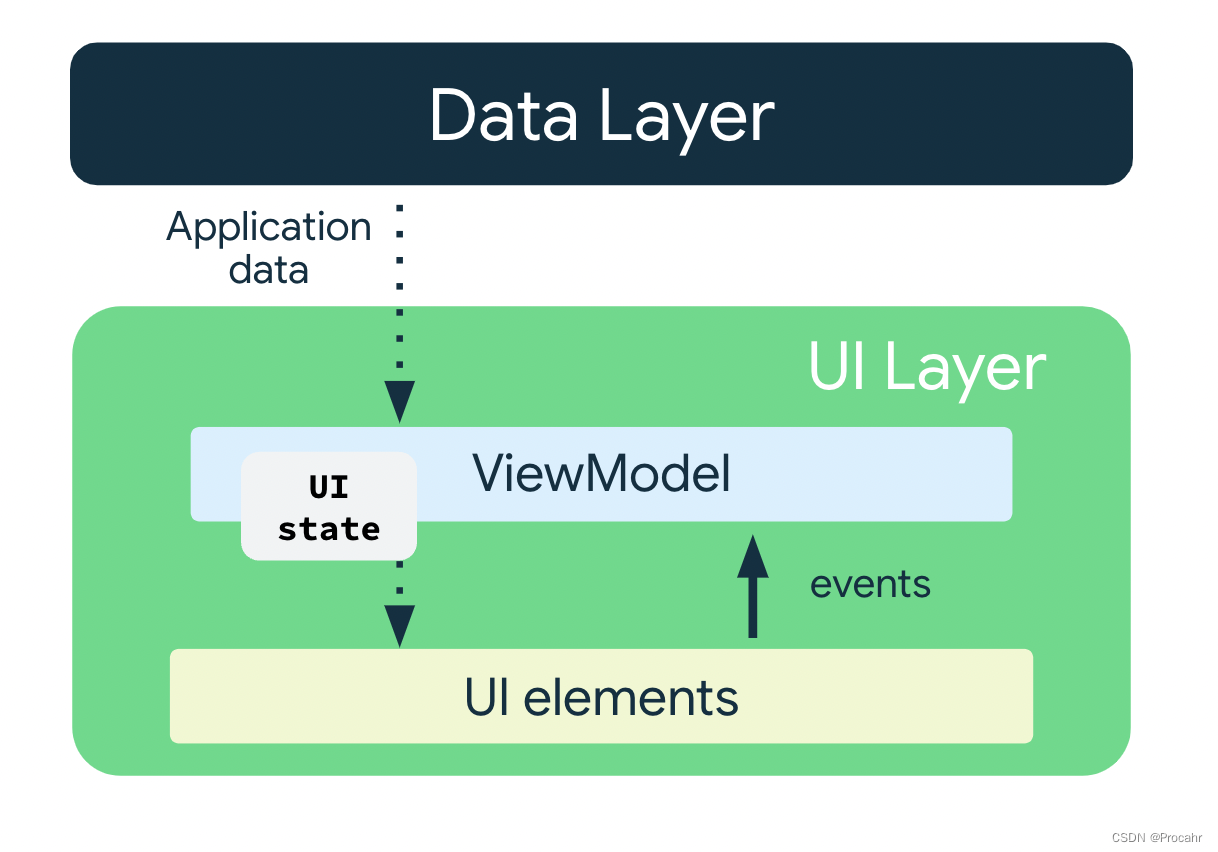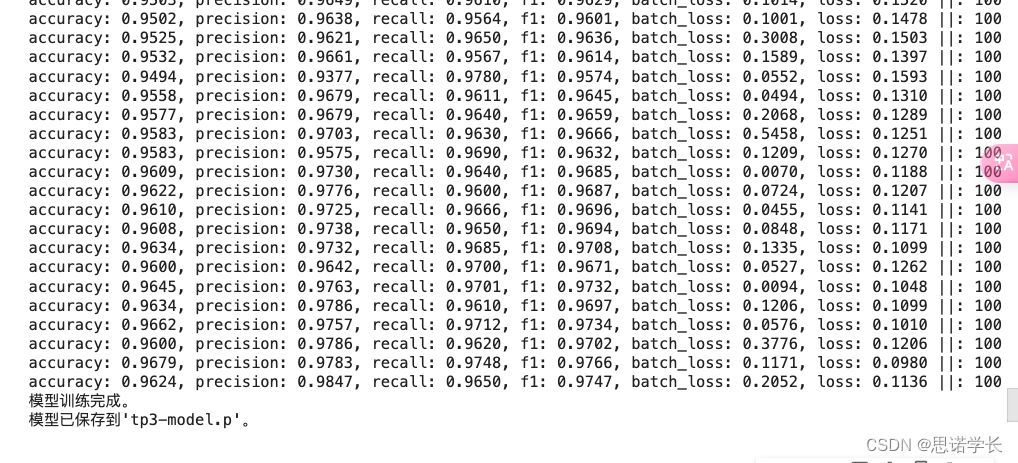文章目录
YOLOv5代码解读[02] models/yolov5l.yaml文件解析 yolov5l.yaml文件 检测头1--->耦合头 检测头2--->解耦头 检测头3--->ASFF检测头 Model类解析 parse_model函数
nc: 27
depth_multiple: 1.0
width_multiple: 1.0
anchors:
- [ 10 , 13 , 16 , 30 , 33 , 23 ]
- [ 30 , 61 , 62 , 45 , 59 , 119 ]
- [ 116 , 90 , 156 , 198 , 373 , 326 ]
backbone:
[ [ - 1 , 1 , Conv, [ 64 , 6 , 2 , 2 ] ] ,
[ - 1 , 1 , Conv, [ 128 , 3 , 2 ] ] ,
[ - 1 , 3 , C3, [ 128 ] ] ,
[ - 1 , 1 , Conv, [ 256 , 3 , 2 ] ] ,
[ - 1 , 6 , C3, [ 256 ] ] ,
[ - 1 , 1 , Conv, [ 512 , 3 , 2 ] ] ,
[ - 1 , 9 , C3, [ 512 ] ] ,
[ - 1 , 1 , Conv, [ 1024 , 3 , 2 ] ] ,
[ - 1 , 3 , C3, [ 1024 ] ] ,
[ - 1 , 1 , SPPF, [ 1024 , 5 ] ] ,
]
head:
[ [ - 1 , 1 , Conv, [ 512 , 1 , 1 ] ] ,
[ - 1 , 1 , nn. Upsample, [ None , 2 , 'nearest' ] ] ,
[ [ - 1 , 6 ] , 1 , Concat, [ 1 ] ] ,
[ - 1 , 3 , C3, [ 512 , False ] ] ,
[ - 1 , 1 , Conv, [ 256 , 1 , 1 ] ] ,
[ - 1 , 1 , nn. Upsample, [ None , 2 , 'nearest' ] ] ,
[ [ - 1 , 4 ] , 1 , Concat, [ 1 ] ] ,
[ - 1 , 3 , C3, [ 256 , False ] ] ,
[ - 1 , 1 , Conv, [ 256 , 3 , 2 ] ] ,
[ [ - 1 , 14 ] , 1 , Concat, [ 1 ] ] ,
[ - 1 , 3 , C3, [ 512 , False ] ] ,
[ - 1 , 1 , Conv, [ 512 , 3 , 2 ] ] ,
[ [ - 1 , 10 ] , 1 , Concat, [ 1 ] ] ,
[ - 1 , 3 , C3, [ 1024 , False ] ] ,
[ [ 17 , 20 , 23 ] , 1 , Detect, [ nc, anchors, False ] ] ,
]
class Detect ( nn. Module) :
stride = None
onnx_dynamic = False
export = False
def __init__ ( self, nc= 80 , anchors= ( ) , Decoupled= False , ch= ( ) , inplace= True ) :
super ( ) . __init__( )
self. decoupled = Decoupled
self. nc = nc
self. no = nc + 5
self. nl = len ( anchors)
self. na = len ( anchors[ 0 ] ) // 2
self. grid = [ torch. zeros( 1 ) ] * self. nl
self. anchor_grid = [ torch. zeros( 1 ) ] * self. nl
self. register_buffer( 'anchors' , torch. tensor( anchors) . float ( ) . view( self. nl, - 1 , 2 ) )
if self. decoupled:
self. m = nn. ModuleList( DecoupledHead( x, self. nc, anchors) for x in ch)
else :
self. m = nn. ModuleList( nn. Conv2d( x, self. no* self. na, 1 ) for x in ch)
self. inplace = inplace
def forward ( self, x) :
z = [ ]
for i in range ( self. nl) :
x[ i] = self. m[ i] ( x[ i] )
bs, _, ny, nx = x[ i] . shape
x[ i] = x[ i] . view( bs, self. na, self. no, ny, nx) . permute( 0 , 1 , 3 , 4 , 2 ) . contiguous( )
if not self. training:
if self. onnx_dynamic or self. grid[ i] . shape[ 2 : 4 ] != x[ i] . shape[ 2 : 4 ] :
self. grid[ i] , self. anchor_grid[ i] = self. _make_grid( nx, ny, i)
y = x[ i] . sigmoid( )
if self. inplace:
y[ . . . , 0 : 2 ] = ( y[ . . . , 0 : 2 ] * 2 - 0.5 + self. grid[ i] ) * self. stride[ i]
y[ . . . , 2 : 4 ] = ( y[ . . . , 2 : 4 ] * 2 ) ** 2 * self. anchor_grid[ i]
else :
xy = ( y[ . . . , 0 : 2 ] * 2 - 0.5 + self. grid[ i] ) * self. stride[ i]
wh = ( y[ . . . , 2 : 4 ] * 2 ) ** 2 * self. anchor_grid[ i]
y = torch. cat( ( xy, wh, y[ . . . , 4 : ] ) , - 1 )
z. append( y. view( bs, - 1 , self. no) )
return x if self. training else ( torch. cat( z, 1 ) , ) if self. export else ( torch. cat( z, 1 ) , x)
def _make_grid ( self, nx= 20 , ny= 20 , i= 0 , torch_1_10= check_version( torch. __version__, '1.10.0' ) ) :
d = self. anchors[ i] . device
t = self. anchors[ i] . dtype
y, x = torch. arange( ny, device= d, dtype= t) , torch. arange( nx, device= d, dtype= t)
if torch_1_10:
yv, xv = torch. meshgrid( y, x, indexing= 'ij' )
else :
yv, xv = torch. meshgrid( y, x)
grid = torch. stack( ( xv, yv) , 2 ) . expand( ( 1 , self. na, ny, nx, 2 ) )
anchor_grid = ( self. anchors[ i] . clone( ) * self. stride[ i] ) . view( ( 1 , self. na, 1 , 1 , 2 ) ) . expand( ( 1 , self. na, ny, nx, 2 ) )
return grid, anchor_grid
class DecoupledHead ( nn. Module) :
def __init__ ( self, ch= 256 , nc= 80 , anchors= ( ) ) :
super ( ) . __init__( )
self. nc = nc
self. nl = len ( anchors)
self. na = len ( anchors[ 0 ] ) // 2
self. merge = Conv( ch, 128 , 1 , 1 )
self. cls_convs1 = Conv( 128 , 64 , 3 , 1 , 1 )
self. cls_convs2 = Conv( 64 , 64 , 3 , 1 , 1 )
self. reg_convs1 = Conv( 128 , 64 , 3 , 1 , 1 )
self. reg_convs2 = Conv( 64 , 64 , 3 , 1 , 1 )
self. cls_preds = nn. Conv2d( 64 , self. nc* self. na, 1 )
self. reg_preds = nn. Conv2d( 64 , 4 * self. na, 1 )
self. obj_preds = nn. Conv2d( 64 , 1 * self. na, 1 )
def forward ( self, x) :
x = self. merge( x)
x1 = self. cls_convs1( x)
x1 = self. cls_convs2( x1)
x1 = self. cls_preds( x1)
x2 = self. reg_convs1( x)
x2 = self. reg_convs2( x2)
x21 = self. reg_preds( x2)
x22 = self. obj_preds( x2)
out = torch. cat( [ x21, x22, x1] , 1 )
return out
class ASFF_Detect ( nn. Module) :
stride = None
onnx_dynamic = False
def __init__ ( self, nc= 80 , anchors= ( ) , ch= ( ) , multiplier= 0.5 , rfb= False , inplace= True ) :
super ( ) . __init__( )
self. nc = nc
self. no = nc + 5
self. nl = len ( anchors)
self. na = len ( anchors[ 0 ] ) // 2
self. grid = [ torch. zeros( 1 ) ] * self. nl
self. anchor_grid = [ torch. zeros( 1 ) ] * self. nl
self. register_buffer( 'anchors' , torch. tensor( anchors) . float ( ) . view( self. nl, - 1 , 2 ) )
self. l0_fusion = ASFFV5( level= 0 , multiplier= multiplier, rfb= rfb)
self. l1_fusion = ASFFV5( level= 1 , multiplier= multiplier, rfb= rfb)
self. l2_fusion = ASFFV5( level= 2 , multiplier= multiplier, rfb= rfb)
self. m = nn. ModuleList( nn. Conv2d( x, self. no * self. na, 1 ) for x in ch)
self. inplace = inplace
def forward ( self, x) :
z = [ ]
result = [ ]
result. append( self. l2_fusion( x) )
result. append( self. l1_fusion( x) )
result. append( self. l0_fusion( x) )
x = result
for i in range ( self. nl) :
x[ i] = self. m[ i] ( x[ i] )
bs, _, ny, nx = x[ i] . shape
x[ i] = x[ i] . view( bs, self. na, self. no, ny, nx) . permute( 0 , 1 , 3 , 4 , 2 ) . contiguous( )
if not self. training:
if self. onnx_dynamic or self. grid[ i] . shape[ 2 : 4 ] != x[ i] . shape[ 2 : 4 ] :
self. grid[ i] , self. anchor_grid[ i] = self. _make_grid( nx, ny, i)
y = x[ i] . sigmoid( )
if self. inplace:
y[ . . . , 0 : 2 ] = ( y[ . . . , 0 : 2 ] * 2 - 0.5 + self. grid[ i] ) * self. stride[ i]
y[ . . . , 2 : 4 ] = ( y[ . . . , 2 : 4 ] * 2 ) ** 2 * self. anchor_grid[ i]
else :
xy = ( y[ . . . , 0 : 2 ] * 2 - 0.5 + self. grid[ i] ) * self. stride[ i]
wh = ( y[ . . . , 2 : 4 ] * 2 ) ** 2 * self. anchor_grid[ i]
y = torch. cat( ( xy, wh, y[ . . . , 4 : ] ) , - 1 )
z. append( y. view( bs, - 1 , self. no) )
return x if self. training else ( torch. cat( z, 1 ) , x)
def _make_grid ( self, nx= 20 , ny= 20 , i= 0 ) :
d = self. anchors[ i] . device
if check_version( torch. __version__, '1.10.0' ) :
yv, xv = torch. meshgrid( [ torch. arange( ny, device= d) , torch. arange( nx, device= d) ] , indexing= 'ij' )
else :
yv, xv = torch. meshgrid( [ torch. arange( ny, device= d) , torch. arange( nx, device= d) ] )
grid = torch. stack( ( xv, yv) , 2 ) . expand( ( 1 , self. na, ny, nx, 2 ) ) . float ( )
anchor_grid = ( self. anchors[ i] . clone( ) * self. stride[ i] ) . view( ( 1 , self. na, 1 , 1 , 2 ) ) . expand( ( 1 , self. na, ny, nx, 2 ) ) . float ( )
return grid, anchor_grid
class Model ( nn. Module) :
def __init__ ( self, cfg= 'yolov5s.yaml' , ch= 3 , nc= None , anchors= None ) :
super ( ) . __init__( )
if isinstance ( cfg, dict ) :
self. yaml = cfg
else :
self. yaml_file = Path( cfg) . name
with open ( cfg, encoding= 'ascii' , errors= 'ignore' ) as f:
self. yaml = yaml. safe_load( f)
ch = self. yaml[ 'ch' ] = self. yaml. get( 'ch' , ch)
if nc and nc != self. yaml[ 'nc' ] :
LOGGER. info( f"Overriding model.yaml nc= { self. yaml[ 'nc' ] } with nc= { nc} " )
self. yaml[ 'nc' ] = nc
if anchors:
LOGGER. info( f'Overriding model.yaml anchors with anchors= { anchors} ' )
self. yaml[ 'anchors' ] = round ( anchors)
self. model, self. save = parse_model( deepcopy( self. yaml) , ch= [ ch] )
self. names = [ str ( i) for i in range ( self. yaml[ 'nc' ] ) ]
self. inplace = self. yaml. get( 'inplace' , True )
m = self. model[ - 1 ]
if isinstance ( m, Detect) or isinstance ( m, ASFF_Detect) :
s = 256
m. inplace = self. inplace
m. stride = torch. tensor( [ s / x. shape[ - 2 ] for x in self. forward( torch. zeros( 1 , ch, s, s) ) ] )
m. anchors /= m. stride. view( - 1 , 1 , 1 )
check_anchor_order( m)
self. stride = m. stride
if m. decoupled:
LOGGER. info( 'decoupled done' )
pass
else :
self. _initialize_biases( )
initialize_weights( self)
self. info( )
LOGGER. info( '' )
def forward ( self, x, augment= False , profile= False , visualize= False ) :
if augment:
return self. _forward_augment( x)
return self. _forward_once( x, profile, visualize)
def _forward_augment ( self, x) :
img_size = x. shape[ - 2 : ]
s = [ 1 , 0.83 , 0.67 ]
f = [ None , 3 , None ]
y = [ ]
for si, fi in zip ( s, f) :
xi = scale_img( x. flip( fi) if fi else x, si, gs= int ( self. stride. max ( ) ) )
yi = self. _forward_once( xi) [ 0 ]
yi = self. _descale_pred( yi, fi, si, img_size)
y. append( yi)
y = self. _clip_augmented( y)
return torch. cat( y, 1 ) , None
def _forward_once ( self, x, profile= False , visualize= False ) :
y, dt = [ ] , [ ]
for m in self. model:
if m. f != - 1 :
x = y[ m. f] if isinstance ( m. f, int ) else [ x if j == - 1 else y[ j] for j in m. f]
if profile:
self. _profile_one_layer( m, x, dt)
x = m( x)
y. append( x if m. i in self. save else None )
if visualize:
feature_visualization( x, m. type , m. i, save_dir= visualize)
return x
def _descale_pred ( self, p, flips, scale, img_size) :
if self. inplace:
p[ . . . , : 4 ] /= scale
if flips == 2 :
p[ . . . , 1 ] = img_size[ 0 ] - p[ . . . , 1 ]
elif flips == 3 :
p[ . . . , 0 ] = img_size[ 1 ] - p[ . . . , 0 ]
else :
x, y, wh = p[ . . . , 0 : 1 ] / scale, p[ . . . , 1 : 2 ] / scale, p[ . . . , 2 : 4 ] / scale
if flips == 2 :
y = img_size[ 0 ] - y
elif flips == 3 :
x = img_size[ 1 ] - x
p = torch. cat( ( x, y, wh, p[ . . . , 4 : ] ) , - 1 )
return p
def _clip_augmented ( self, y) :
nl = self. model[ - 1 ] . nl
g = sum ( 4 ** x for x in range ( nl) )
e = 1
i = ( y[ 0 ] . shape[ 1 ] // g) * sum ( 4 ** x for x in range ( e) )
y[ 0 ] = y[ 0 ] [ : , : - i]
i = ( y[ - 1 ] . shape[ 1 ] // g) * sum ( 4 ** ( nl - 1 - x) for x in range ( e) )
y[ - 1 ] = y[ - 1 ] [ : , i: ]
return y
def _profile_one_layer ( self, m, x, dt) :
c = isinstance ( m, Detect) or isinstance ( m, ASFF_Detect)
o = thop. profile( m, inputs= ( x. copy( ) if c else x, ) , verbose= False ) [ 0 ] / 1E9 * 2 if thop else 0
t = time_sync( )
for _ in range ( 10 ) :
m( x. copy( ) if c else x)
dt. append( ( time_sync( ) - t) * 100 )
if m == self. model[ 0 ] :
LOGGER. info( f" { 'time (ms)' : >10s } { 'GFLOPs' : >10s } { 'params' : >10s } { 'module' } " )
LOGGER. info( f' { dt[ - 1 ] : 10.2f } { o: 10.2f } { m. np: 10.0f } { m. type } ' )
if c:
LOGGER. info( f" { sum ( dt) : 10.2f } { '-' : >10s } { '-' : >10s } Total" )
def _initialize_biases ( self, cf= None ) :
m = self. model[ - 1 ]
for mi, s in zip ( m. m, m. stride) :
b = mi. bias. view( m. na, - 1 )
b. data[ : , 4 ] += math. log( 8 / ( 640 / s) ** 2 )
b. data[ : , 5 : ] += math. log( 0.6 / ( m. nc - 0.999999 ) ) if cf is None else torch. log( cf / cf. sum ( ) )
mi. bias = torch. nn. Parameter( b. view( - 1 ) , requires_grad= True )
def _print_biases ( self) :
m = self. model[ - 1 ]
for mi in m. m:
b = mi. bias. detach( ) . view( m. na, - 1 ) . T
LOGGER. info( ( '%6g Conv2d.bias:' + '%10.3g' * 6 ) % ( mi. weight. shape[ 1 ] , * b[ : 5 ] . mean( 1 ) . tolist( ) , b[ 5 : ] . mean( ) ) )
def _print_weights ( self) :
for m in self. model. modules( ) :
if type ( m) is Bottleneck:
LOGGER. info( '%10.3g' % ( m. w. detach( ) . sigmoid( ) * 2 ) )
def fuse ( self) :
LOGGER. info( 'Fusing layers... ' )
for m in self. model. modules( ) :
if isinstance ( m, ( Conv, DWConv) ) and hasattr ( m, 'bn' ) :
m. conv = fuse_conv_and_bn( m. conv, m. bn)
delattr ( m, 'bn' )
m. forward = m. forward_fuse
self. info( )
return self
def info ( self, verbose= False , img_size= 640 ) :
model_info( self, verbose, img_size)
def _apply ( self, fn) :
self = super ( ) . _apply( fn)
m = self. model[ - 1 ]
if isinstance ( m, Detect) or isinstance ( m, ASFF_Detect) or isinstance ( m, Decoupled_Detect) :
m. stride = fn( m. stride)
m. grid = list ( map ( fn, m. grid) )
if isinstance ( m. anchor_grid, list ) :
m. anchor_grid = list ( map ( fn, m. anchor_grid) )
return self
def parse_model ( d, ch) :
LOGGER. info( f"\n { '' : >3 } { 'from' : >18 } { 'n' : >3 } { 'params' : >10 } { 'module' : <40 } { 'arguments' : <30 } " )
anchors, nc, gd, gw = d[ 'anchors' ] , d[ 'nc' ] , d[ 'depth_multiple' ] , d[ 'width_multiple' ]
na = ( len ( anchors[ 0 ] ) // 2 ) if isinstance ( anchors, list ) else anchors
no = na * ( nc + 5 )
layers, save, c2 = [ ] , [ ] , ch[ - 1 ]
for i, ( f, n, m, args) in enumerate ( d[ 'backbone' ] + d[ 'head' ] ) :
m = eval ( m) if isinstance ( m, str ) else m
for j, a in enumerate ( args) :
try :
args[ j] = eval ( a) if isinstance ( a, str ) else a
except NameError:
pass
n = n_ = max ( round ( n* gd) , 1 ) if n > 1 else n
if m in [ Conv, DWConv, CrossConv, GhostConv, Bottleneck, GhostBottleneck,
BottleneckCSP, MobileBottleneck, SPP, SPPF, MixConv2d, Focus,
InvertedResidual, ConvBNReLU, C3, C3TR, C3SPP, C3Ghost, CoordAtt,
CoordAttv2, OSA_Stage] :
c1, c2 = ch[ f] , args[ 0 ]
if c2 != no:
c2 = make_divisible( c2* gw, 8 )
args = [ c1, c2, * args[ 1 : ] ]
if m in [ BottleneckCSP, C3, C3TR, C3Ghost] :
args. insert( 2 , n)
n = 1
elif m is nn. BatchNorm2d:
args = [ ch[ f] ]
elif m is Concat:
c2 = sum ( ch[ x] for x in f)
elif m is Detect:
args. append( [ ch[ x] for x in f] )
if isinstance ( args[ 1 ] , int ) :
args[ 1 ] = [ list ( range ( args[ 1 ] * 2 ) ) ] * len ( f)
elif m is ASFF_Detect :
args. append( [ ch[ x] for x in f] )
if isinstance ( args[ 1 ] , int ) :
args[ 1 ] = [ list ( range ( args[ 1 ] * 2 ) ) ] * len ( f)
elif m is Contract:
c2 = ch[ f] * args[ 0 ] ** 2
elif m is Expand:
c2 = ch[ f] // args[ 0 ] ** 2
elif m is ConvNeXt_Block:
c2 = args[ 0 ]
args = args[ 1 : ]
else :
c2 = ch[ f]
m_ = nn. Sequential( * ( m( * args) for _ in range ( n) ) ) if n > 1 else m( * args)
t = str ( m) [ 8 : - 2 ] . replace( '__main__.' , '' )
np = sum ( x. numel( ) for x in m_. parameters( ) )
m_. i, m_. f, m_. type , m_. np = i, f, t, np
LOGGER. info( f' { i: >3 } { str ( f) : >18 } { n_: >3 } { np: 10.0f } { t: <40 } { str ( args) : <30 } ' )
save. extend( x % i for x in ( [ f] if isinstance ( f, int ) else f) if x != - 1 )
layers. append( m_)
if i == 0 :
ch = [ ]
ch. append( c2)
return nn. Sequential( * layers) , sorted ( save)
